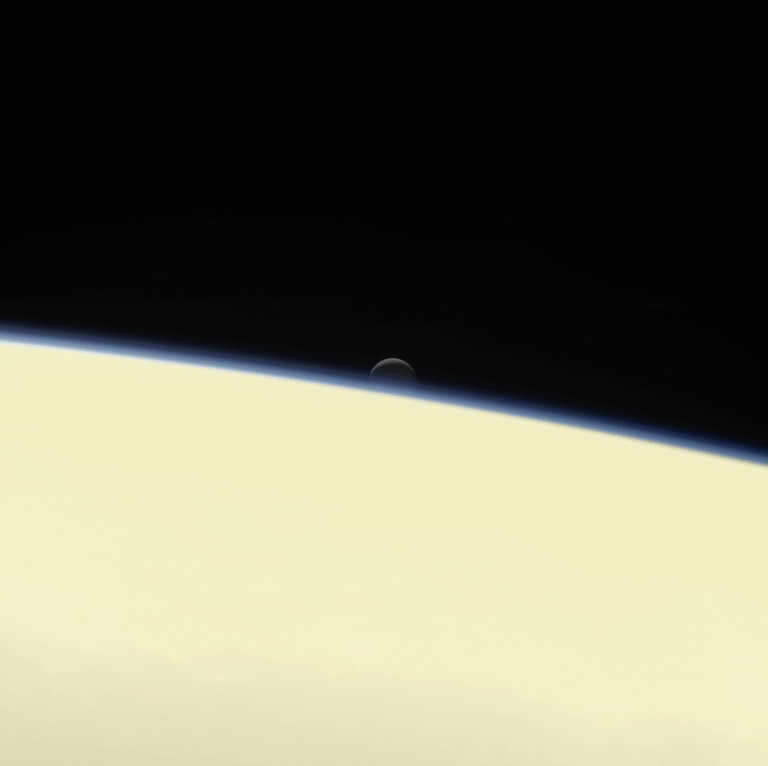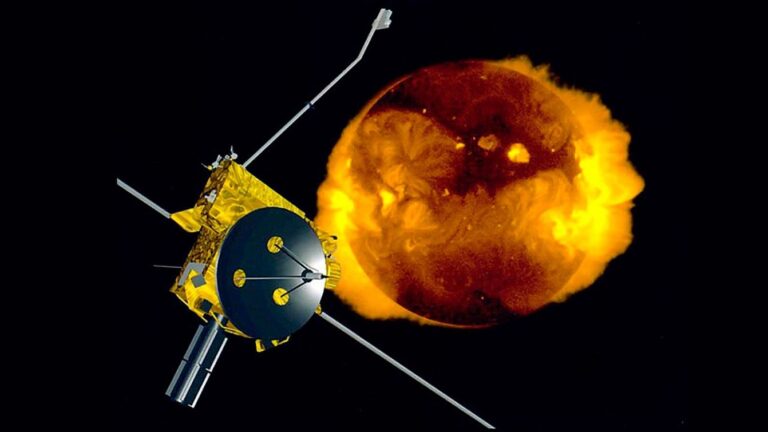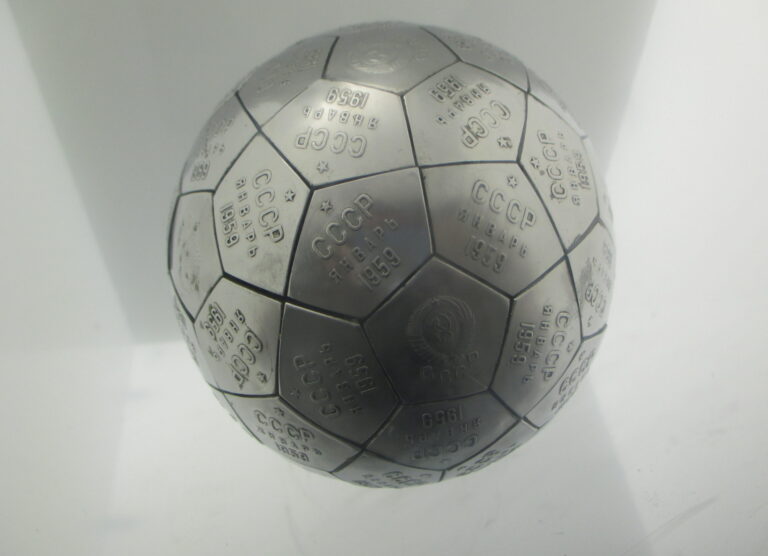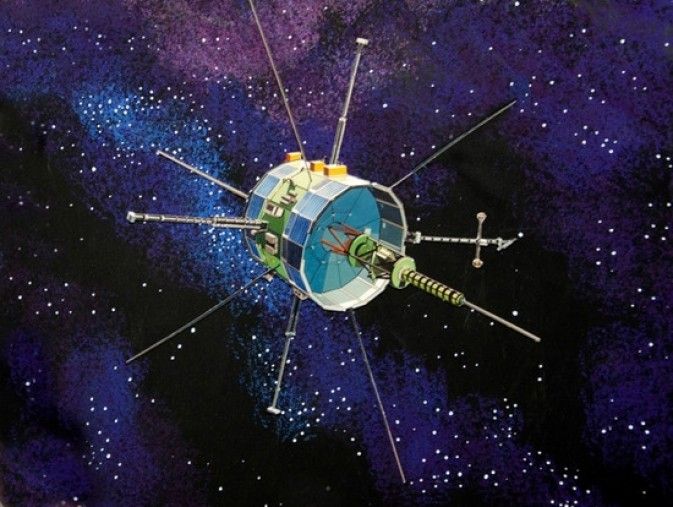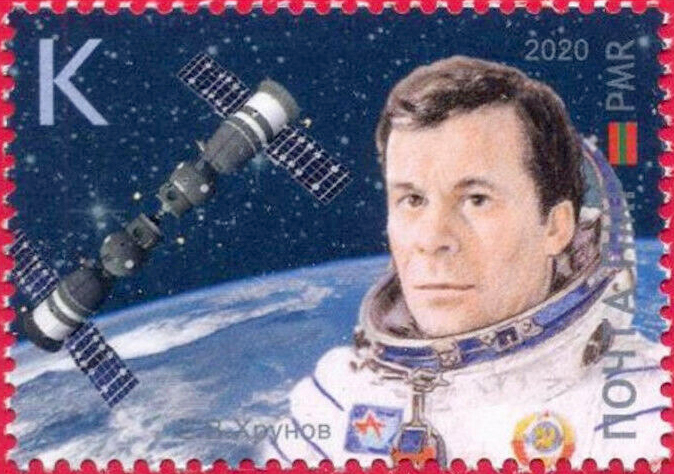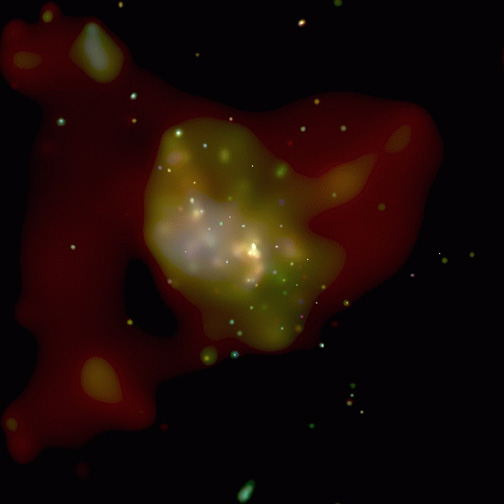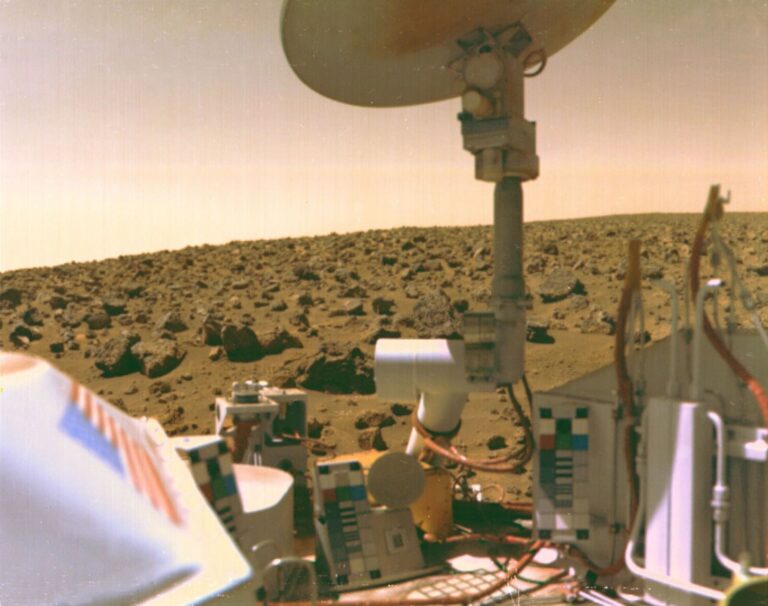Key Takeaways:
The rover team commanded Opportunity to drive just far enough into the crater to get all six wheels onto the inner slope, and then to back out again and assess how much the wheels slipped on the slope. The rover team will assess results of the drive, then start Opportunity on an extended exploration inside the crater. This wide-angle view taken by the rover’s front hazard-identification camera shows the wheel tracks created by the short dip into the crater. The left half of the image looks across an alcove informally named “Duck Bay” toward a promontory called “Cape Verde” clockwise around the crater wall. The right half of the image looks across the main body of the crater.
Opportunity has descended the inner slope of the 800-meter-wide crater (half a mile wide) to a band of relatively bright bedrock exposed partway down. The rover is in position to touch a selected slab of rock with tools at the end of its robotic arm, after safety checks being commanded because the rover is at a 25-degree tilt. Researchers intend to begin examining the rock with those tools later this week.
“This will be the first of several stops within this band of rock,” said Steve Squyres of Cornell University, principal investigator for the science payloads on Opportunity and its twin rover, Spirit. “By sampling it at several different levels in the crater, we’re hoping to figure out the processes that led to its formation and its very distinctive appearance.”
Opportunity drove 7.38 feet (2.25m) on September 25 to get the selected flat rock within reach. That was the 1,305th Martian day of a mission originally planned for 90 Martian days. After entering the crater on Sept. 13 for a multi-week investigation of rock exposed inside, the rover advanced toward the bright band with drives of 24 feet (7.45m) on September 18 and 8 feet (2.47m) on September 22.
“We have completed several successful drives with Opportunity inside Victoria Crater,” said John Callas, Mars rover project manager at NASA’s Jet Propulsion Laboratory. “The rover is experiencing slopes as high as 25 degrees at some places, but wheel slippage has only been around 10 percent.”
Spirit, meanwhile, is exploring the top surface of a plateau called “Home Plate,” where rocks hold evidence about an explosive combination of water and volcanism.


